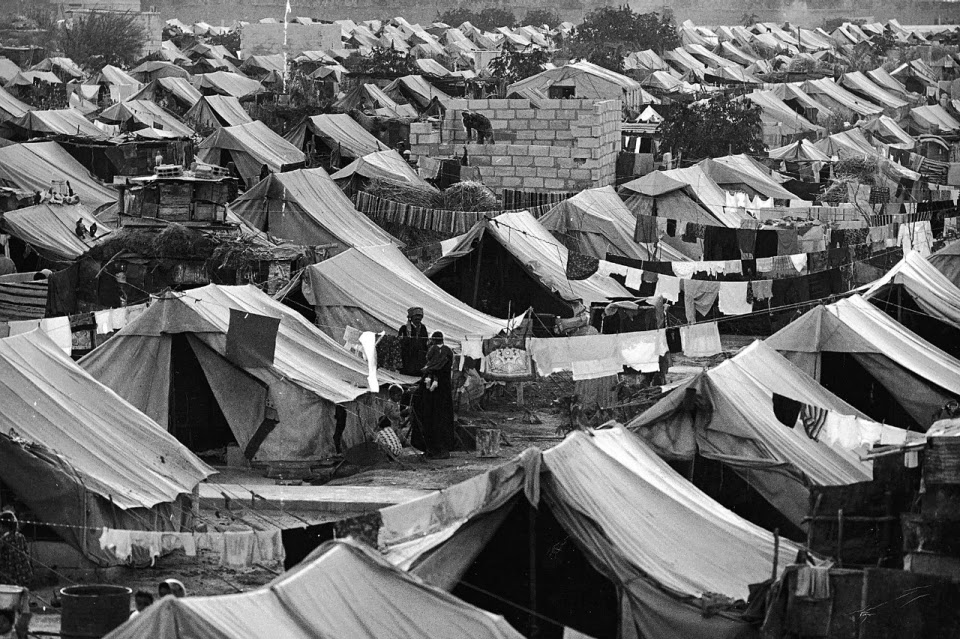This term can be used in many situations but here will be discussed in terms of food security. Although many definitions exist, civil society along with FAO representatives have come up with the following definition that is utilized in the CFS Open Ended Working Group on Food Security in Protracted Crises.
The term protracted crisis is understood to describe contexts and situations that share certain key characteristics, while simultaneously recognizing that no agreed definition of the terms exists. No single characteristic identifies a protracted crisis. The absence of one or more of the characteristics outlined below does not necessarily mean that there is not a protracted crisis situation.[1]
Shared characteristics of protracted crises can include multiple underlying causes; recurrent human-made and/or natural disasters; duration or longevity; conflict and/or insecurity; weak governance; unsustainable and vulnerable livelihood systems; poor food security outcomes; poor agricultural growth; limited public and/or informal institutional capacity to respond to or address critical issues. Food insecurity is the most common manifestation of protracted crises.
Furthermore, it is understood that a protracted crisis may be limited to a particular geographic area of a State, or a territory, and may not affect the entire population. Similarly, a protracted crisis may also have a regional, transboundary aspect and impact. It is thus recognized that a considerable degree of heterogeneity among protracted crisis situations, including capacity to cope, scale and underlying causes, exists3. Nonetheless, protracted crises are a special category requiring a similar set of related policy and operational responses.
See here for more information on the ongoing process of food insecurity in protracted crises in the CFS.
[1] Food and Agricultural Organisation, The State of Food Insecurity in the World 2010: Addressing food insecurity in protracted crises, p. 12.





